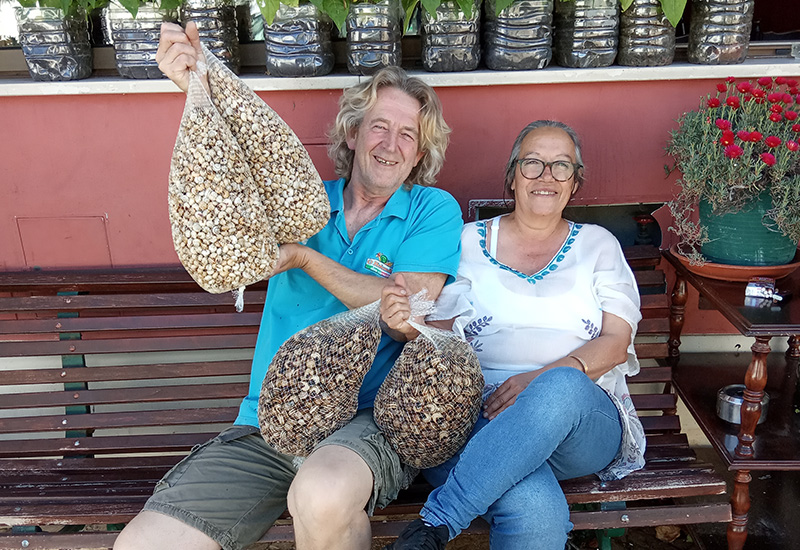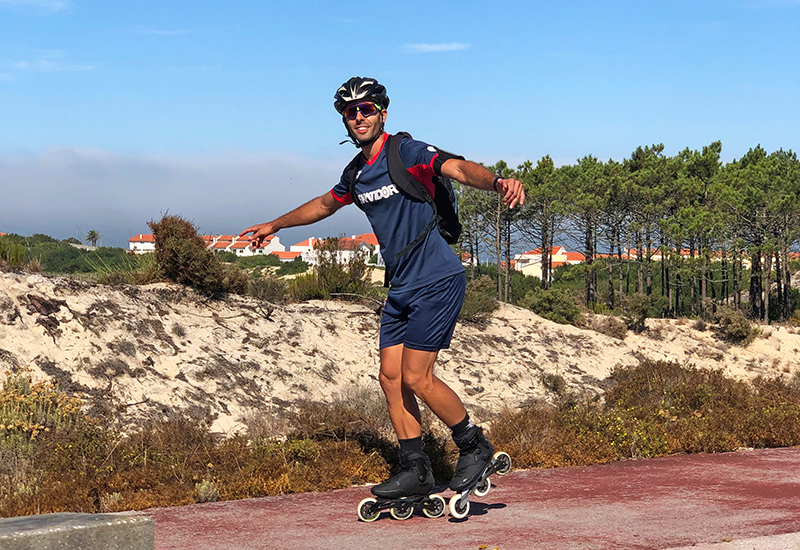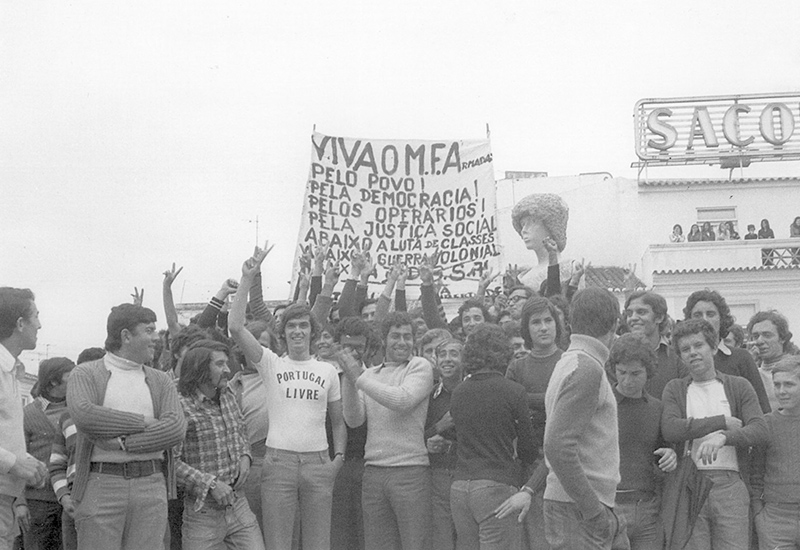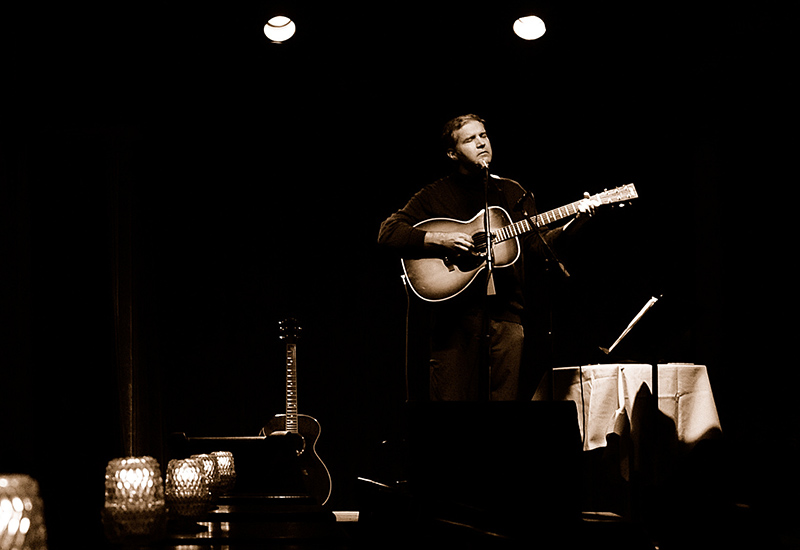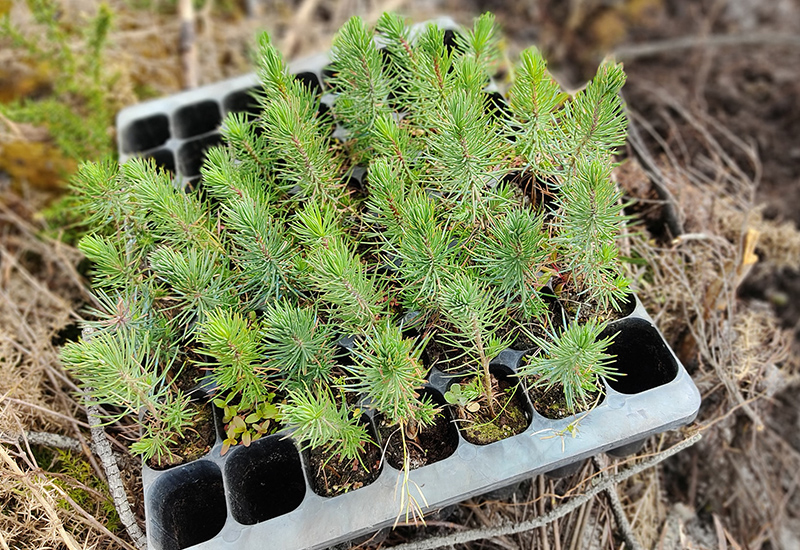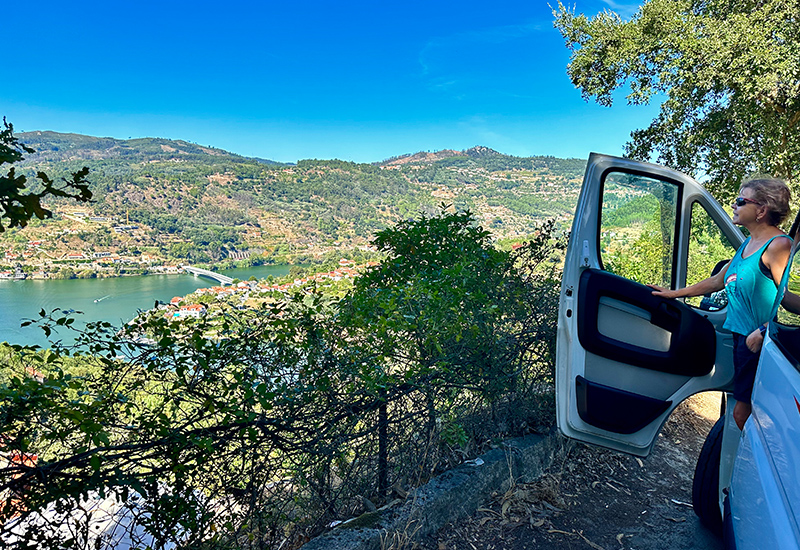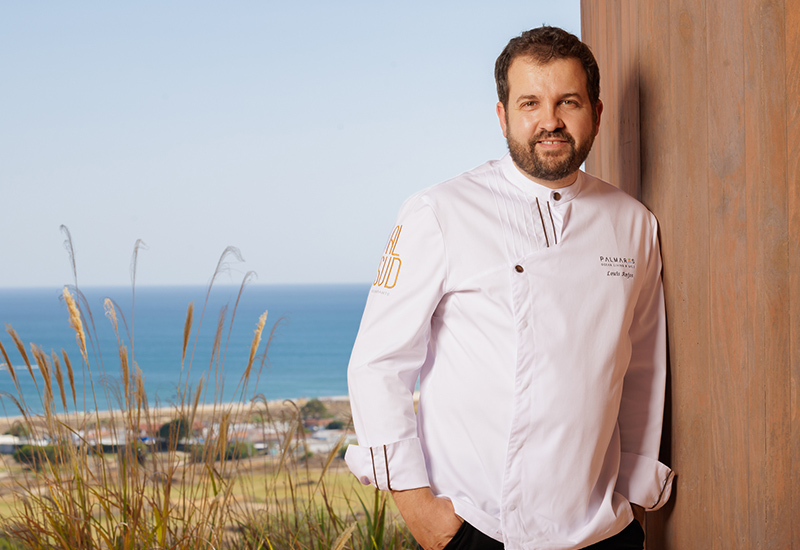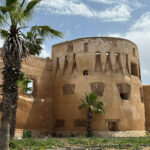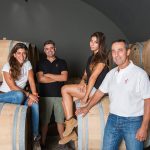The Holandês dos Caracóis (Dutchman’s Snails) restaurant in Portimão has been much talked about recently, so we sent Julian Putley to investigate.
Immediately upon seeing the restaurant’s façade, it became obvious that this was an interesting eatery. Its location, near Portimão’s maritime museum, is appropriate since many of the dishes on offer are from the sea – except their most famous menu item: snails.
The Dutchman is Willem Hendrik and his journey began in 1987 when a camping trip found him on Portimão’s Vau beach. His gregarious nature and mastery of several languages got him a job on excursion boats in the fledgling tourist industry. Soon afterwards, he met his wife, Suzele, and never left.
One of Willem’s favourite pastimes was, and still is, fishing and Suzele, who comes from a long line of Algarvian fisher folk, knows the fishing history of Portimão and how to cook and prepare the region’s celebrated fish and seafood dishes.

Their first foray into the restaurant business was in a small snack bar at the back of Portimão’s museum. It was here at Valentino’s that they began serving snails, a long-time cultural summertime snack or appetiser. With Suzele’s expertise, snails became a firm favourite on the menu.
In 2009, Hendrik had the opportunity to purchase a property at their present location on Rua Engineer Duarte Pacheco. It was very run down and had to be completely demolished. Willem designed and built the present restaurant from the ground up with three floors. The local stonework and traditional ceiling are all his work and, together with the unique interior décor, fixtures and fittings, contribute to the warm ambience and local flavour.
When Willem learned of my assignment, he invited me and my wife, Monique, for a guided tour of the premises. The kitchen on the top floor was busily in action, with Suzele preparing some cod’s roe fritters and a batch of caracóis (small snails) for the evening rush. They easily sell 200 litres of the popular snail on a busy day. The caracóis are well washed, perhaps three or four times, until the water is clear, and then soaked in lukewarm water.
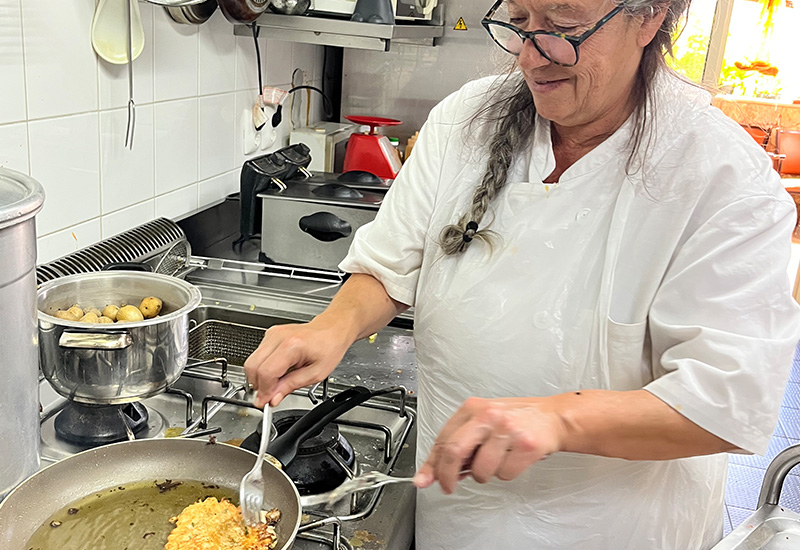
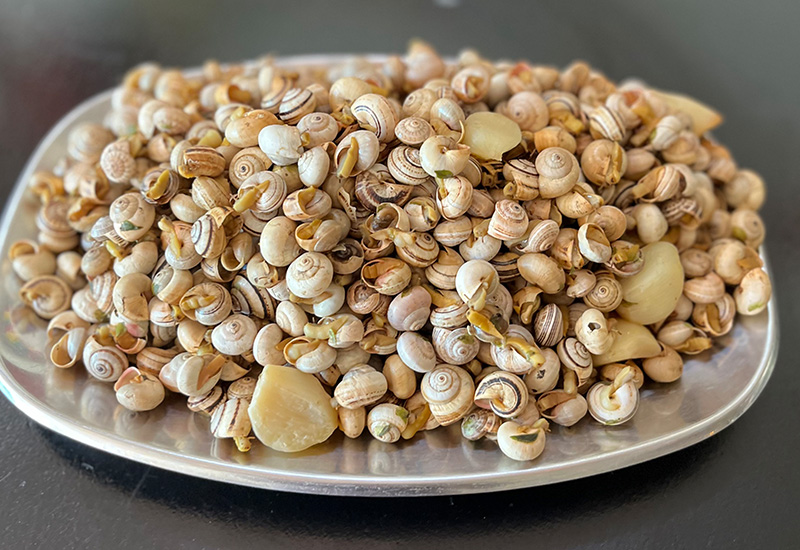
We looked at the large pot of snails, now slowly simmering in boiling water. Willem tossed in about a dozen large garlic cloves, some oregano, thyme and salt. “I don’t need to measure anything,” he explained. “I’ve been doing this so long it comes naturally.” He turned off the caracóis after two minutes; they were ready. He scooped out a portion for us to try along with the cooking liquor. They were served with toast. They are a delicious snack, although patience is needed to extract each tiny morsel from the shell. An ice-cold beer or glass of wine is an almost essential accompaniment.
While we were there, a couple came in and ordered a dozen of the grilled caracoletas, the large snails. They were served with lemon and garlic butter and, judging by the comments from the couple, the dish was much appreciated.
Willem, known locally as the King of Snails, explained an interesting aside. ”Now we are accessing Moroccan snails because we found that sometimes the local snails have a bitter taste caused by pesticides. The Moroccan snails come from mountainous areas and are free of this imperfection. They are imported, inspected and tested, and are guaranteed to be wholesome.”


We are right in the middle of the snail season (May to mid-September), so now is the time to take advantage of this Portuguese delicacy. The restaurant is closed in the off-season and I asked Willem what he does. “Fishing,” he said. “I love fishing.” I congratulated him on his wisdom.
Suzele arrived at our table while we were chatting. She brought several more samples from their menu, each one a local speciality passed down from generation to generation. “The fishermen would stay at sea for days, perhaps a week, whilst small boats would retrieve the catch daily and bring them to the market or cannery. My grandmother would prepare fish lunches to go out to the fishermen whilst they were at sea. Portugal was a very poor country in those days. Some of the cannery workers had pockets sewn into their undergarments to take a few fish home and to trade with farmers for eggs or milk,” she explained with a laugh, “I learnt so many recipes from my grandma.”
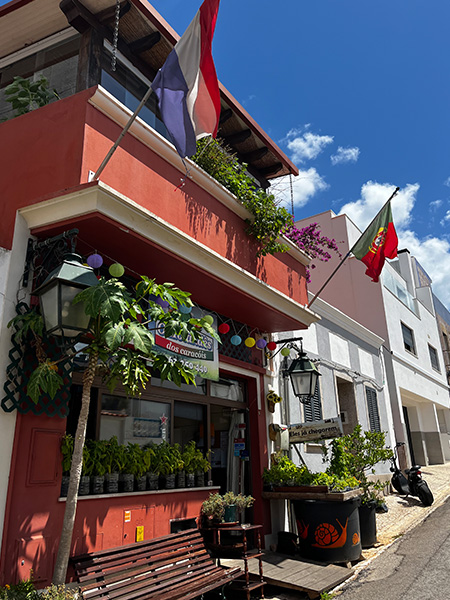

We dug into some of the menu items. It was such a pleasure to see such exuberance and creativity from this couple, whose goal is to maintain the local Portuguese cuisine and tradition. There was horse mackerel (carapau) in a tomato sauce, octopus (polvo) in a vinaigrette with chopped onion and tomato, fried cod’s roe, fresh anchovies, stuffed squid, steamed and grilled octopus and much more – each more delicious than the last. The chicken wings were the best ever!
We had explored the Portimão museum on a previous occasion but the fishing exhibit is a very worthwhile look at the Algarve’s recent history. And since the Holandês dos Caracóis is just around the corner, a combined visit would make an excellent day out.
R. Eng. Duarte Pacheco 5, 8500-667 Portimão
